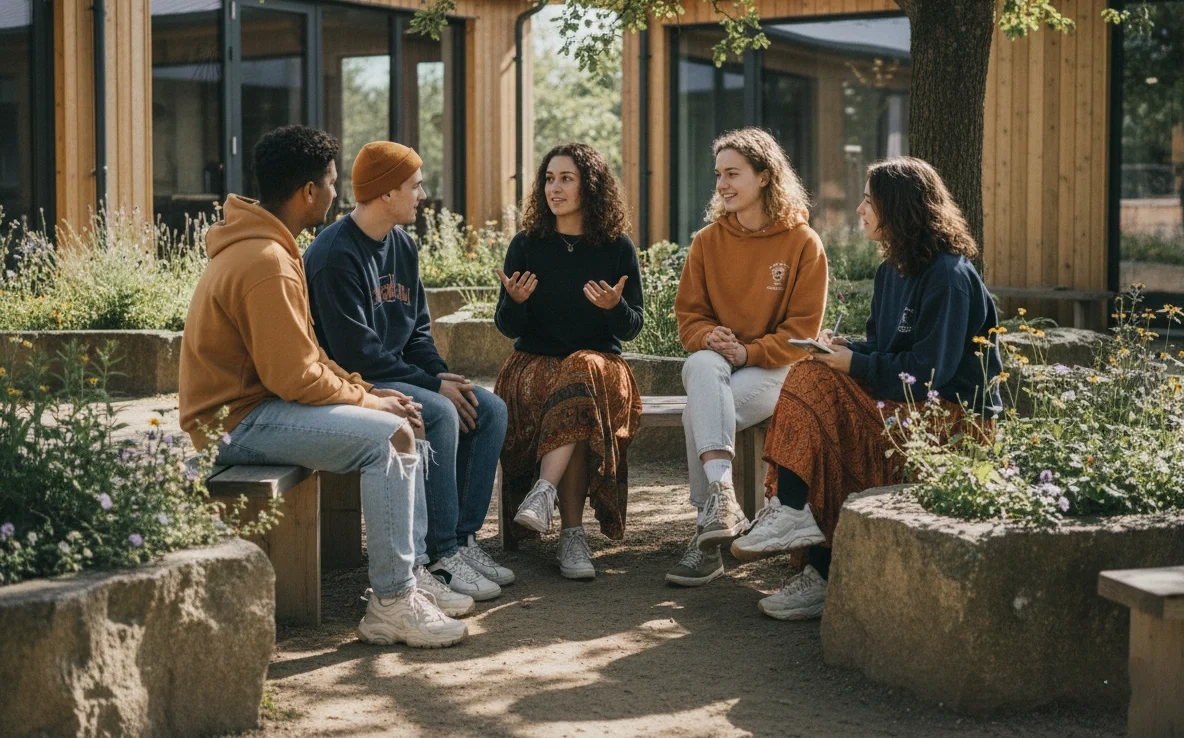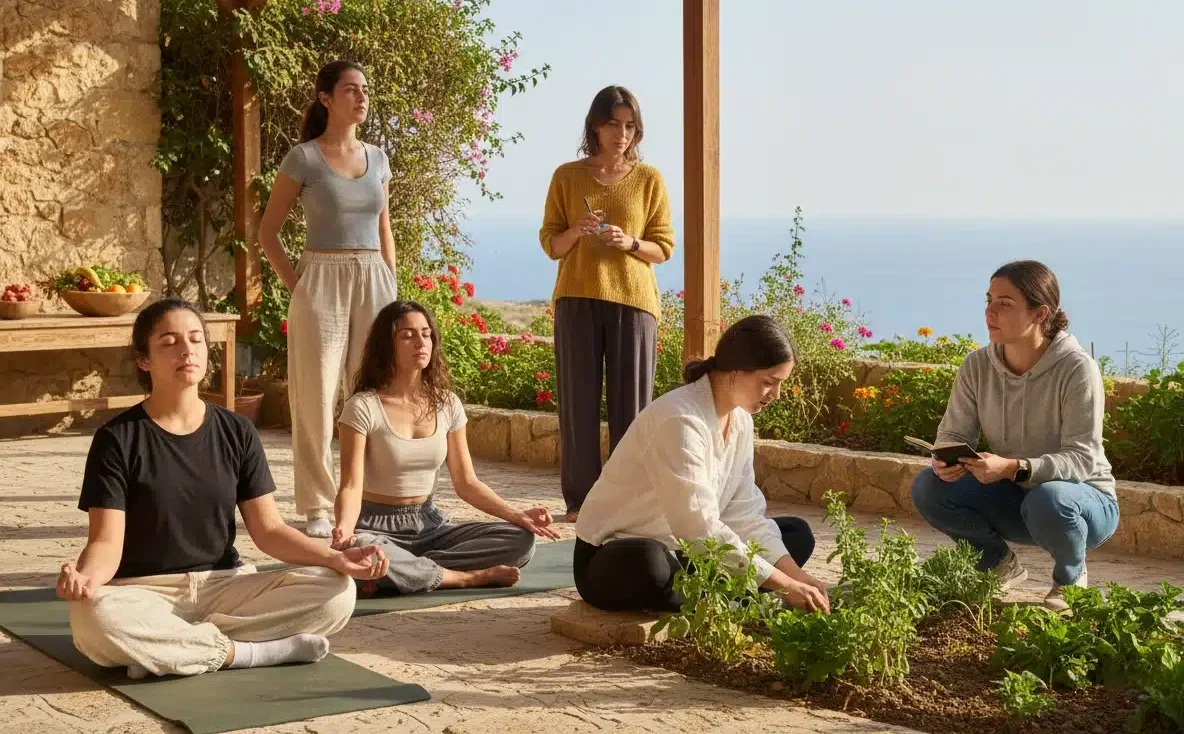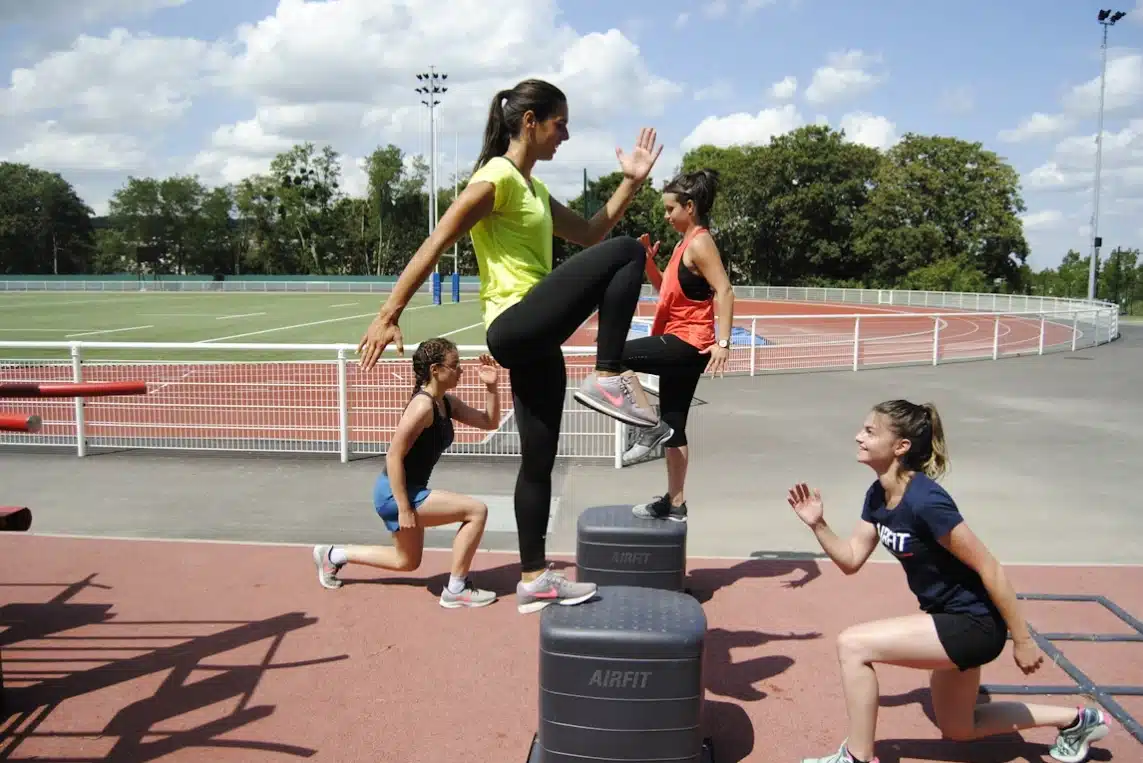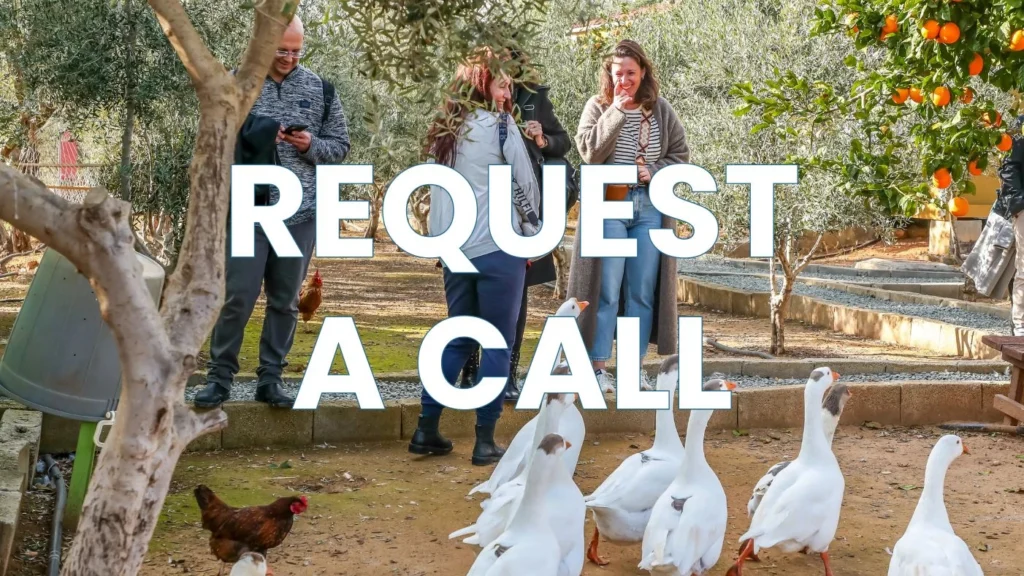Building Resilience: Teaching Emotional Strength for Life
05 min read

From Struggle to Strength
Resilience isn’t about never falling — it’s about learning how to rise.
At Holina Village Cyprus, we see resilience as the foundation of lasting recovery and emotional wellbeing.
Young people arrive at our program often feeling fragile, unsure, or defeated. Through compassionate guidance, structure, and connection, they begin to rebuild inner strength — the kind that doesn’t depend on perfection, but on presence.
“Resilience isn’t something you’re born with. It’s something you learn, one choice at a time.”
— Program Director, Holina Village Cyprus
What Is Resilience — Really?
Resilience is not the absence of pain; it’s the ability to adapt and recover after difficulty.
It means learning how to manage stress, regulate emotions, and find meaning even in setbacks.
For young adults, resilience grows through experience — every challenge faced safely, every feeling processed fully, every step taken mindfully.
At Holina, resilience isn’t taught in a classroom; it’s practiced in daily life.
It develops quietly through trust, structure, and self-discovery.

Why Young People Need Resilience More Than Ever
Today’s youth face pressures unlike any before:
Academic and social stress
Constant comparison online
Global uncertainty and climate anxiety
Identity, belonging, and purpose confusion
Without emotional coping tools, these pressures can lead to anxiety, depression, or escapism.
Resilience transforms stress from something destructive into something instructive.
It’s not about being tough — it’s about being steady.

How Holina Builds Resilience
At Holina Village, resilience is cultivated through every layer of our therapeutic and educational model.
We help young people strengthen emotional, relational, and practical skills so they can face life’s challenges with confidence.
1. Emotional Awareness
Through therapy, mindfulness, and reflection, students learn to recognize emotions without judgment. Understanding what they feel allows them to respond, not react.
2. Self-Regulation
Mindful breathing, grounding exercises, and healthy routines help stabilize mood and nervous system responses — teaching calm through consistency.
3. Problem-Solving
We guide students to approach challenges with curiosity, not panic. Together, they learn to identify options, make choices, and reflect on outcomes.
4. Healthy Relationships
Connection builds strength. Within our community, students practice empathy, assertiveness, and trust — resilience through relationship.
5. Purpose and Meaning
Resilience thrives when life feels purposeful. Through study, creativity, or service, young adults rediscover what gives them direction and hope.
The Role of Failure in Growth
Many young people arrive afraid to fail — perfectionism has replaced curiosity.
At Holina, we redefine failure as feedback.
Mistakes become opportunities to learn, and setbacks become proof of persistence.
By creating a safe environment for trial and error, we teach that resilience is not about getting everything right — it’s about trying again with awareness.
“I used to think failing meant I wasn’t enough. Now I see it’s part of learning who I am.”
— Student, 18

Mindfulness as the Core of Resilience
Resilience begins with presence.
When students learn to stay in the moment — through mindfulness, breathwork, or nature connection — they build emotional flexibility.
Mindfulness teaches that difficult feelings can be observed and tolerated without fear.
Instead of reacting impulsively, young people learn to pause, reflect, and respond.
This pause is the birthplace of resilience.
Resilience Through Routine and Structure
Healing happens in rhythm.
Daily structure — therapy, meals, reflection, rest — helps regulate the nervous system and provides predictability after chaos.
Routine gives young adults something external to trust while they rebuild internal stability.
Over time, this external rhythm becomes an internal one — self-discipline born from safety.
The Role of Community in Strengthening Resilience
Resilience grows in connection.
In community life at Holina Village, students learn that asking for help is not weakness, but wisdom.
Through shared experiences and peer mentorship, they witness each other’s strength and learn that recovery is not a solo journey.
Each shared challenge becomes a shared triumph — building belonging and emotional confidence.
“Seeing others face their fears gave me the courage to face mine.”
— Graduate, 20
Building Cognitive and Emotional Flexibility
Resilience means being adaptable.
Therapists at Holina use cognitive-behavioral techniques to help students challenge rigid thinking and develop flexibility.
This shift — from “I can’t” to “I’ll try” — opens the door to self-belief.
Flexibility helps them navigate change, uncertainty, and setbacks with perspective instead of panic.
It’s the difference between feeling overwhelmed by life and moving through it with grace.
Integrating Resilience with Education
In our therapeutic education model, resilience is built into the learning process.
Students face manageable challenges — deadlines, presentations, group work — and receive consistent support to succeed.
They experience that effort leads to progress, even when things feel difficult.
Each academic success becomes emotional evidence: I can do hard things.

Families as Partners in Resilience
Families play a key role in reinforcing resilience at home.
Through workshops and sessions, we teach parents how to model calm, consistency, and communication.
Families learn that protecting their child from every difficulty isn’t love — preparing them to face difficulty is.
By working together, parents and young people create a foundation of resilience that lasts long after treatment.
Resilience Beyond Holina Village
When students leave Holina, they carry resilience into every part of their lives — relationships, school, work, and future goals.
They know how to regulate emotions, solve problems, and stay grounded in uncertainty.
Resilience becomes their quiet superpower — an inner strength they can always return to.
“I still have tough days, but now I know how to keep going. That’s what Holina taught me.”
— Graduate, 19
Stories of Strength and Renewal
“My daughter used to give up so easily. Now, she approaches challenges with calm and confidence.”
— Parent, UK
“Learning mindfulness made me realize I can handle things without running away.”
— Student, 17
“Holina didn’t just heal my anxiety — they helped me build strength I didn’t know I had.”
— Graduate, Cyprus
FAQs About Resilience Training at Holina Village
Q1: How do you teach resilience to young adults?
Through therapy, education, mindfulness, and experiential learning — blending emotional and practical skills.
Q2: Is resilience something everyone can learn?
Absolutely. It’s not innate; it’s developed through safety, practice, and self-awareness.
Q3: What if my child gives up easily?
Our program gently rebuilds confidence through achievable goals and steady encouragement.
Q4: Does resilience replace therapy?
No — therapy provides the understanding, resilience provides the action. They work hand in hand.
Q5: How can families continue resilience training at home?
By maintaining structure, practicing open communication, and modeling calm responses to stress.
Conclusion: The Strength to Keep Going
At Holina Village Cyprus, resilience is more than a skill — it’s a way of being.
We teach young people that strength isn’t about avoiding struggle, but meeting it with awareness, courage, and self-compassion.
Resilience transforms survival into growth — and growth into freedom.
Start your healing journey with Holina Village Cyprus today.
Where strength is not just found, but built — for life.












